Anger Disorder
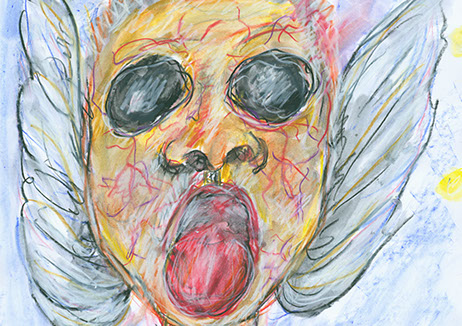

Home | Areas of Application
People who have difficulty controlling their anger or who experience anger outside of a normal emotional setting are considered to have an anger disorder.
This anger can be accompanied by strong feelings of resentment and manifests itself in spontaneous outbursts of fury or rage, which can be excessive or violent.
Chronic anger can have an impact on the immune system and be associated with other mental health disorders.
Passive anger is a form of repressed anger that can be difficult to recognize. It leads to self-destructive behaviors such as dropping out of school or work, losing friends and family, and affects all areas of professional or social life. Without realizing it, the person experiences a form of self-sabotage and is often unable to explain his or her actions or reactions. This form of anger directed against oneself can be caused by a feeling of guilt, and/or fear of judgment.
Constant irritability, rage and anxiety are possible emotional symptoms associated with anger.
Anger is the manifestation of emotional stress that involves the mind, body and behavioral habits accumulated over the years. CAP acts on these three levels.
CAP is a means by which we can express anger in a symbolic way. This process offers many advantages for anger management:
Anger can be overwhelming and sometimes releasing it can leave a gaping hole that needs to be filled with something else. Creative expression can plav a role in uncovering new potentialities that were previouslv unknown because they were buried and hidden bv this overwhelming anger.
CAP sessions were offered to Patrick as part of his rehabilitation in a center for disabled workers. After a work accident, he was unable to keep his previous job. He attended the center to receive new training to transition to a new position.
Throughout his life, Patrick had problems carrying out tasks. He had difficulty keeping a steady job because he rebelled against his bosses and working conditions. He often displayed violent outbursts of anger. Patrick came from a family of 5 children in which he struggled finding his place. He describes his father, who also experienced a serious accident, as authoritarian and psychologically violent. His mother, a secretive and detached woman, did not support him. He felt alone and misunderstood by all. This feeling followed him into his adult life. He is lucky to have built a beautiful relationship with his wife based on a very deep love. Nevertheless, his relationship is regularly put at risk by his apparently unjustified outbursts of anger.
CAP allowed Patrick to better understand the origin of his anger, to become aware of his tendency to blame others without examining his own behavior. He took pleasure in expressing himself creatively and looked for a position that better suited his artistic nature. Although he continues to suffer from back pain following his accident, he seeks out and finds healthy solutions to relieve it. His relationship with his partner and children is more balanced and he has found a new iob at a cultural center.
"Always fighting and feeling alone sometimes is discouraging. CAP made me feel better. I loved it. There is relief in two different dimensions: drawing and music, which brings a lot. It allows you to go through things, to feel them well, to express things that you can't say with words. The group work is valuable; some have managed to say very beautiful things; the sensitivity I felt was enriching. I understood others better and I understood my anger better through the stories of others. CAP showed me that I had abilities and I went all out. It was more than a need, it was vital. CAP is what l've been waiting for. I had the feeling that it was my method, that it was made for me. I looked forward to the meetings each week; it was my favorite thing to do during the last year. I had the feeling that I would have needed 10 years of psychoanalysis to reconstruct all of this, to bring this to order." - Patrick.
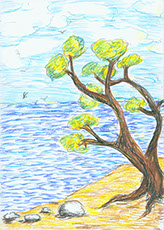
Reference Drawing #1
without music
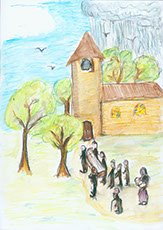
Drawing #1
with music
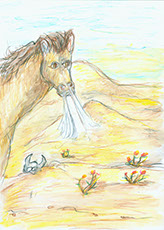
Drawing #2
with music
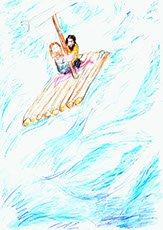
Drawing #3
with music

Drawing #4
with music
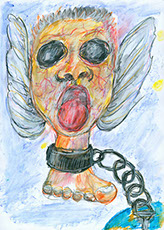
Drawing #5
with music
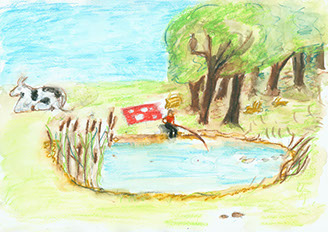
Drawing #6
with music
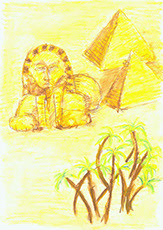
Drawing #7
with music
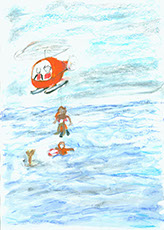
Drawing #8
with music
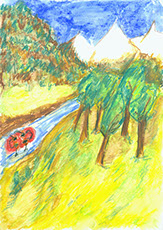
Drawing #9
with music
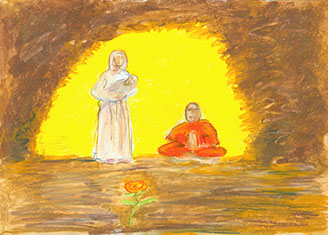
Drawing #10
with music
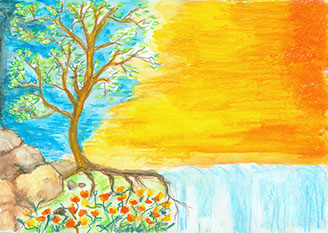
Reference Drawing #2
without music